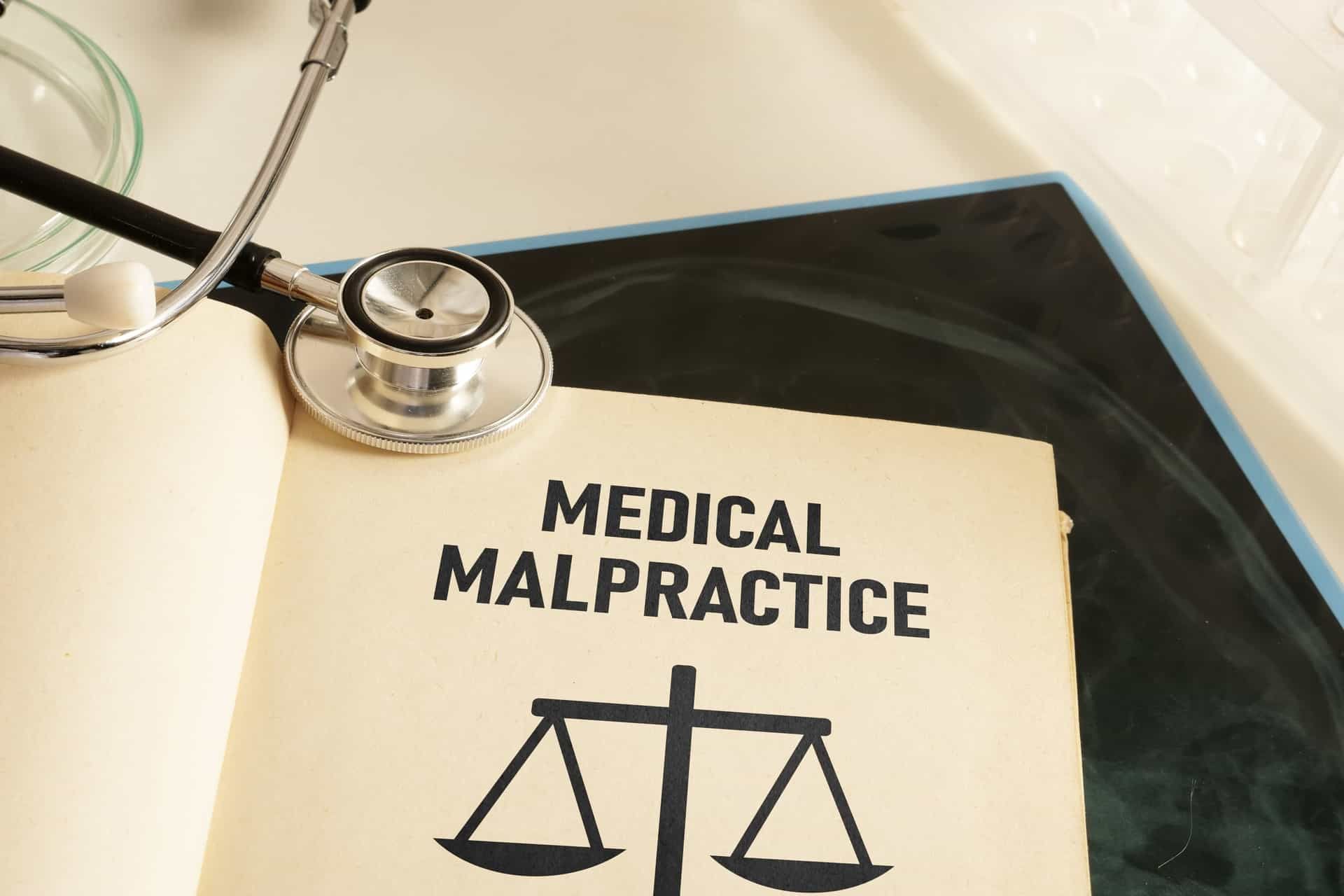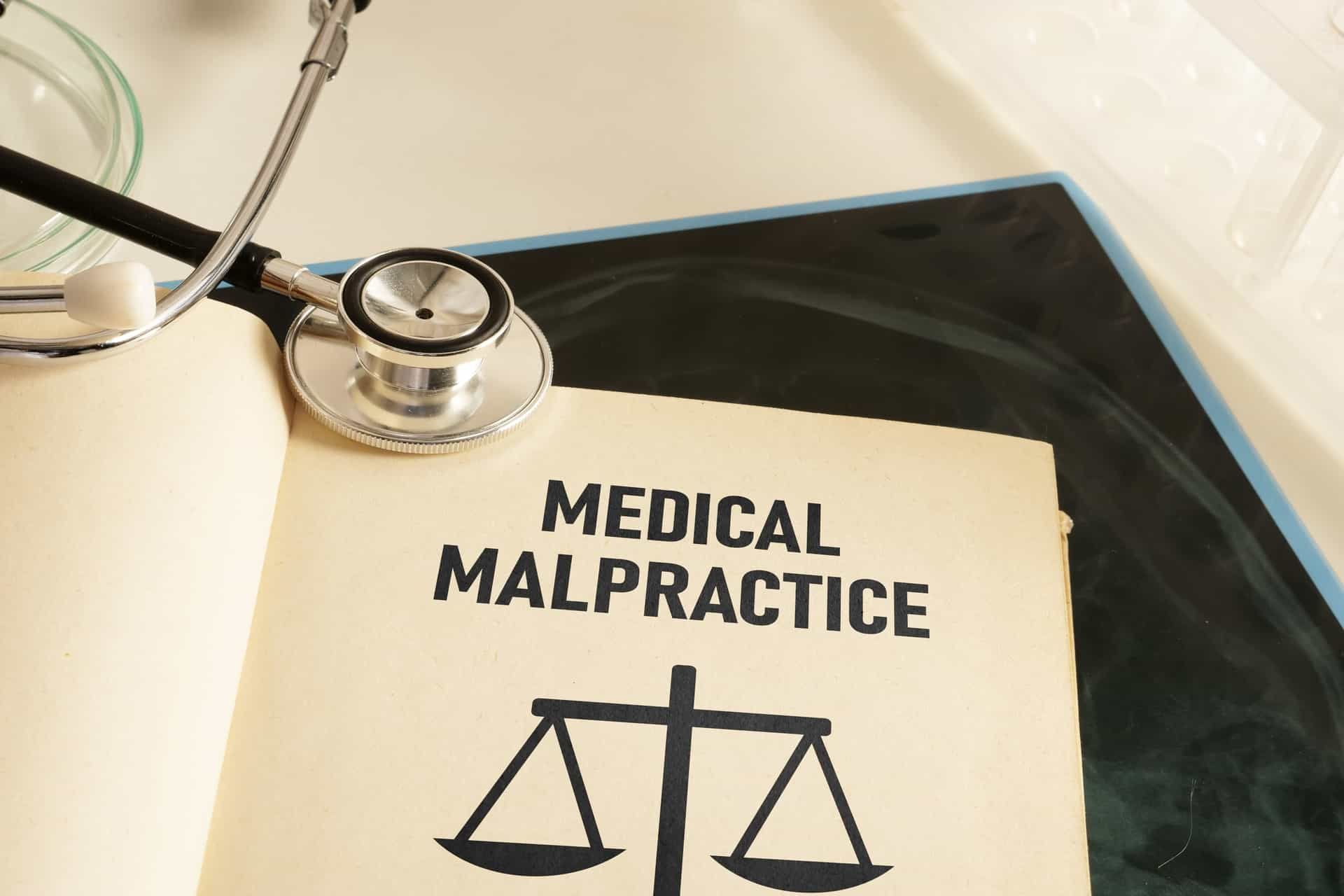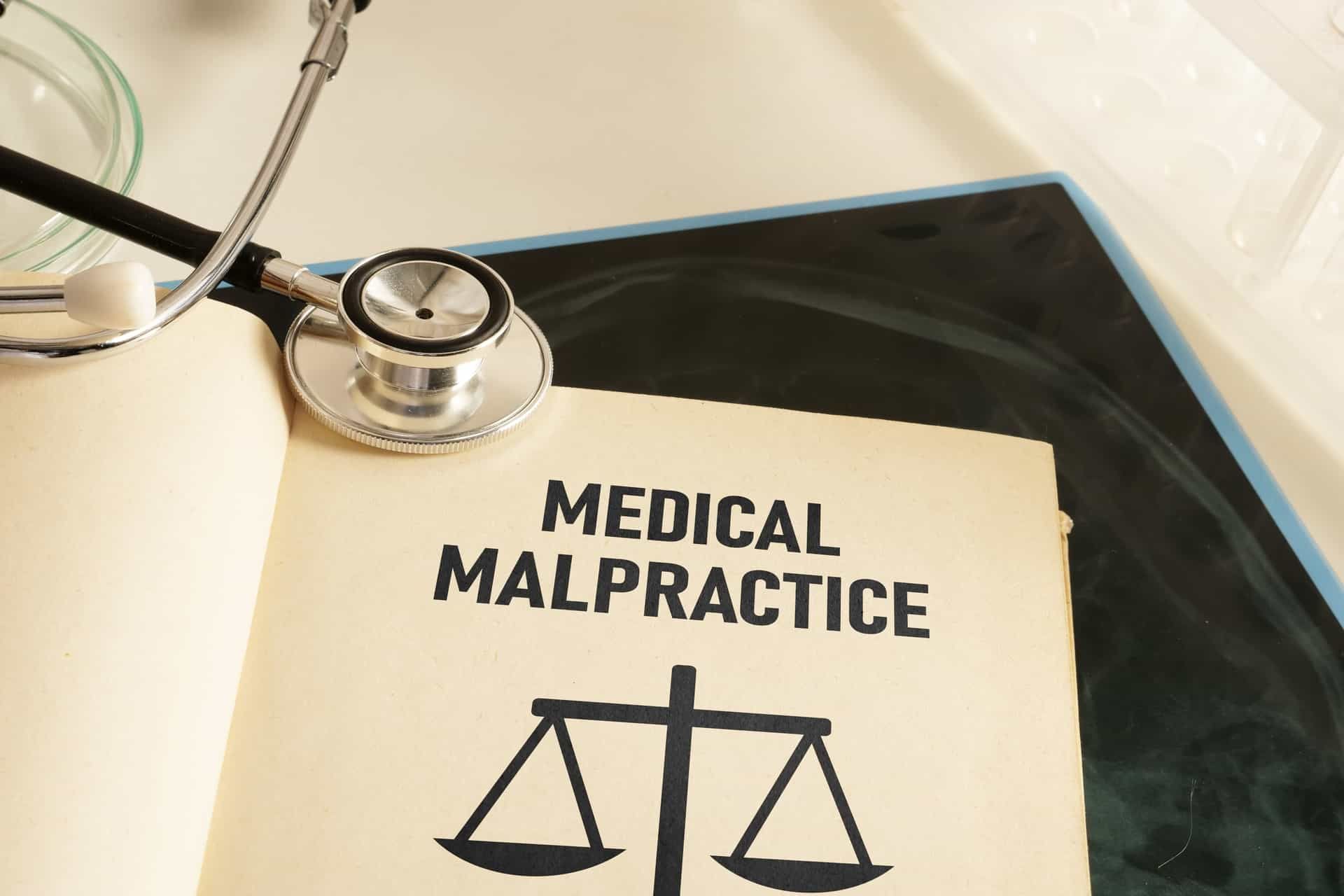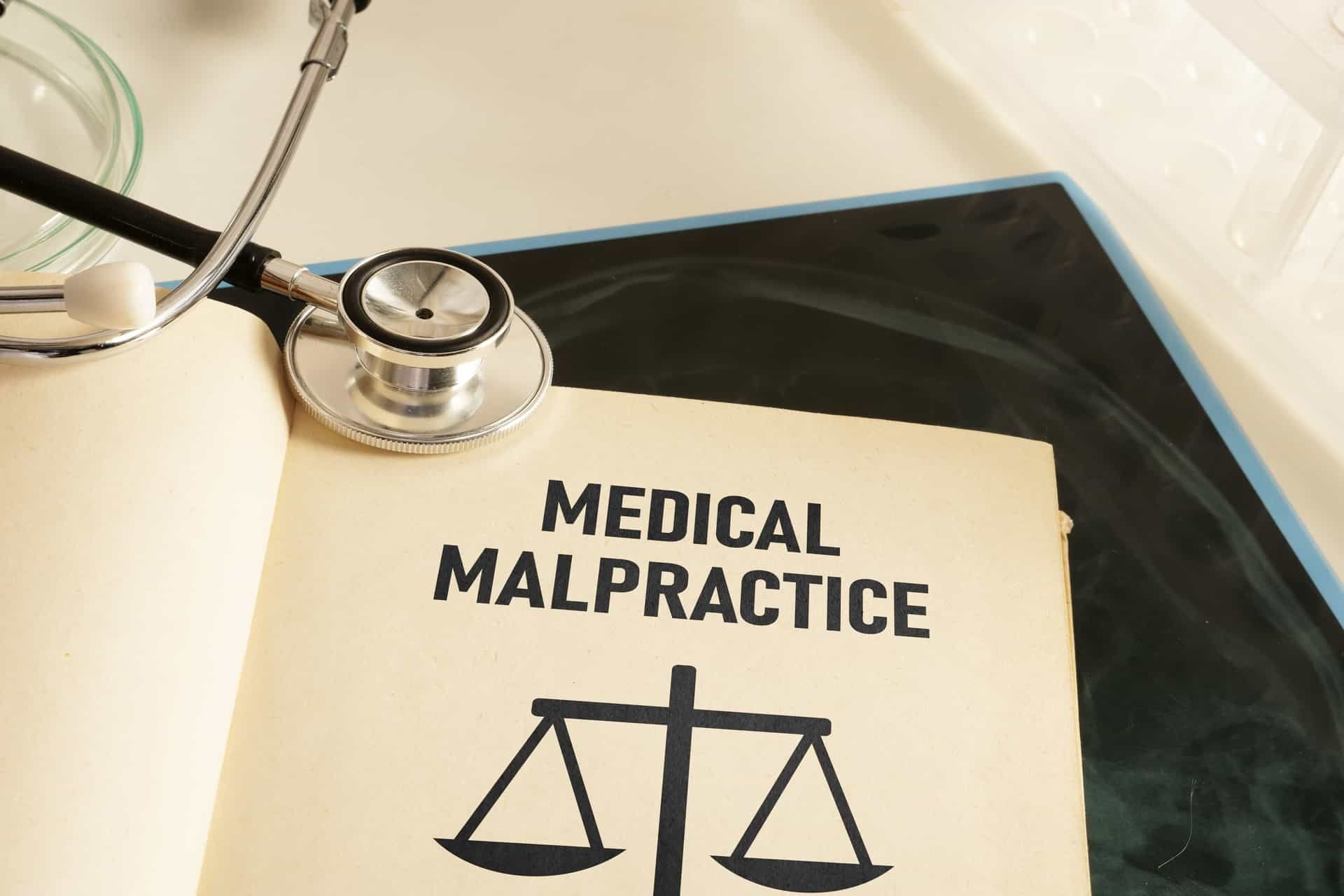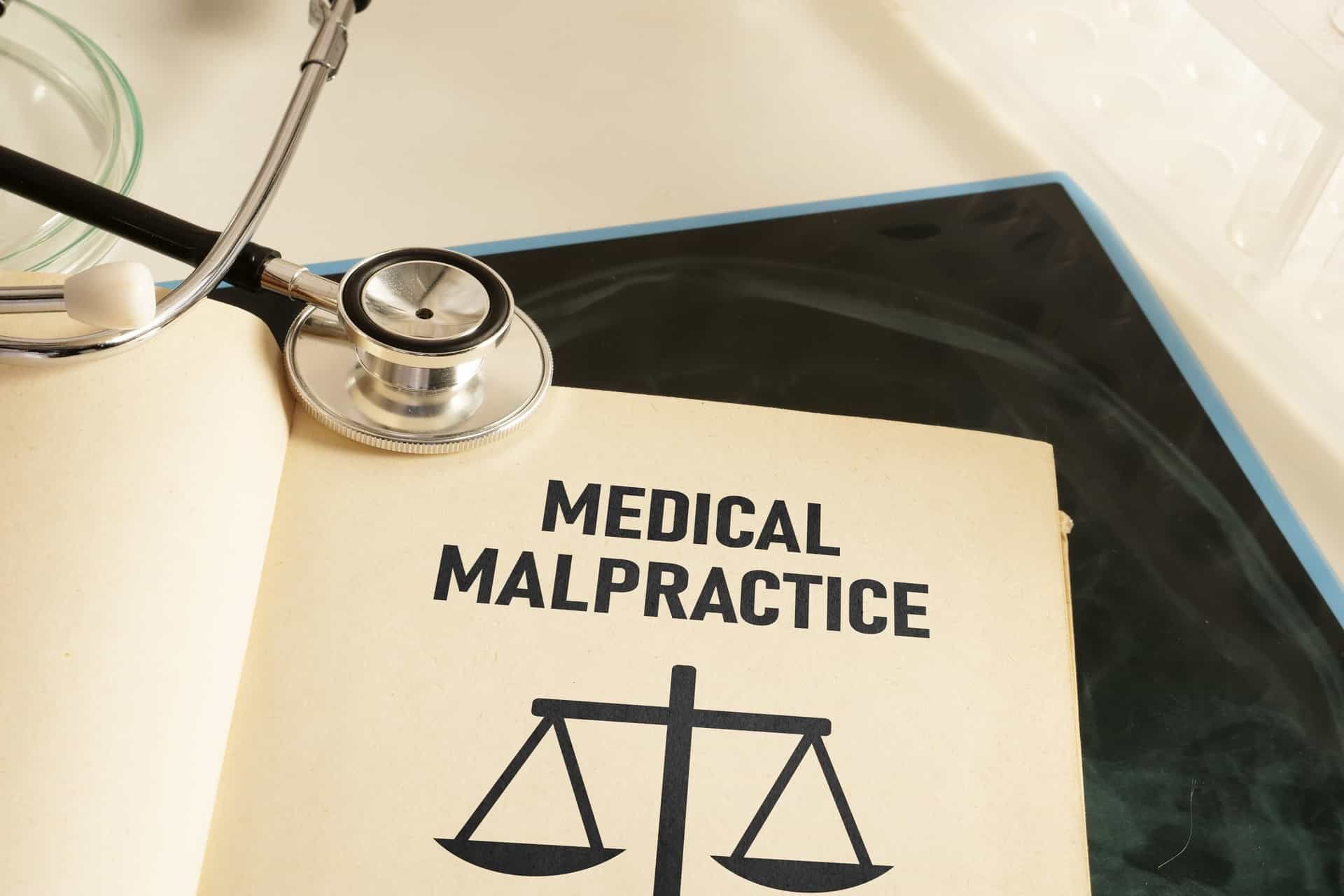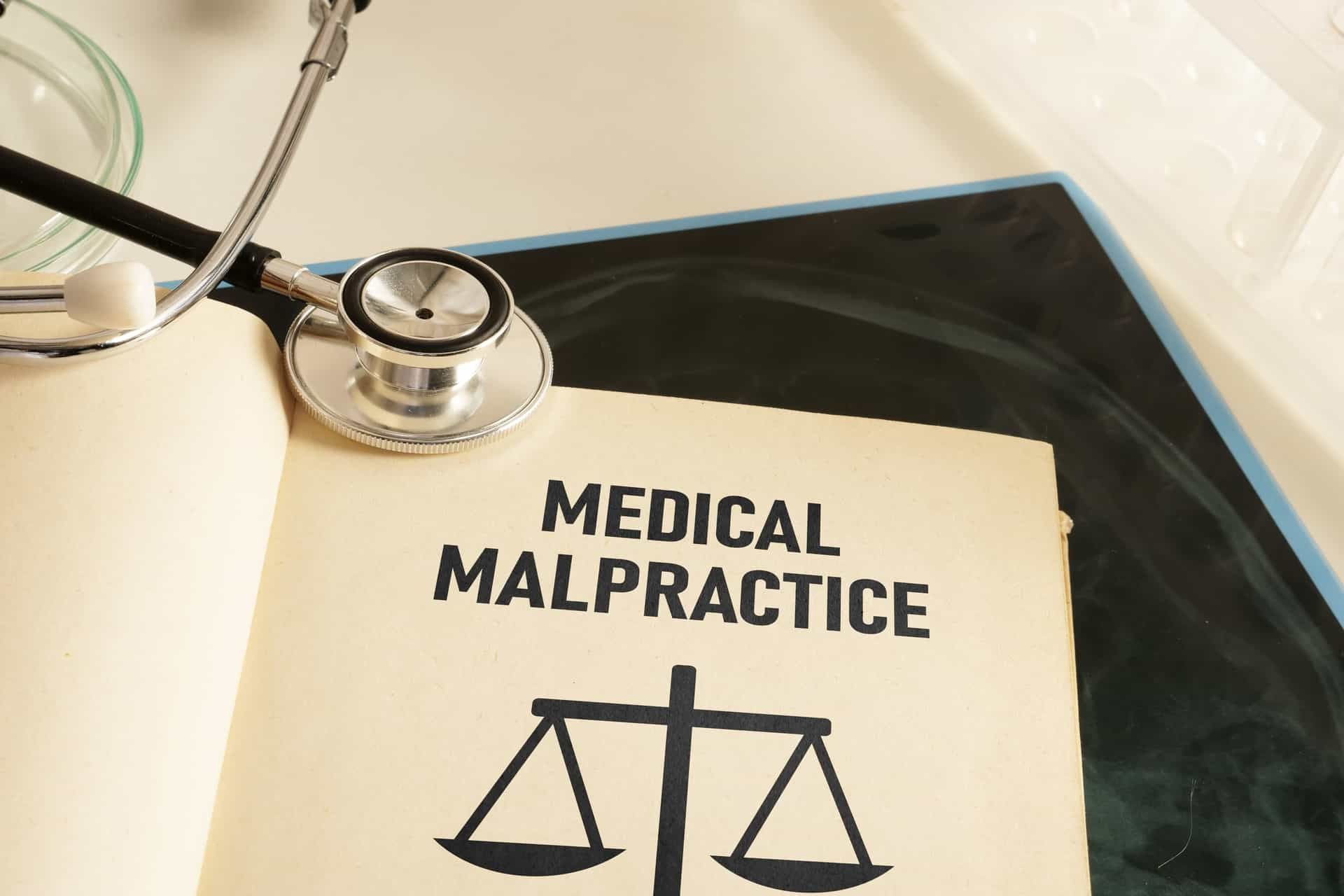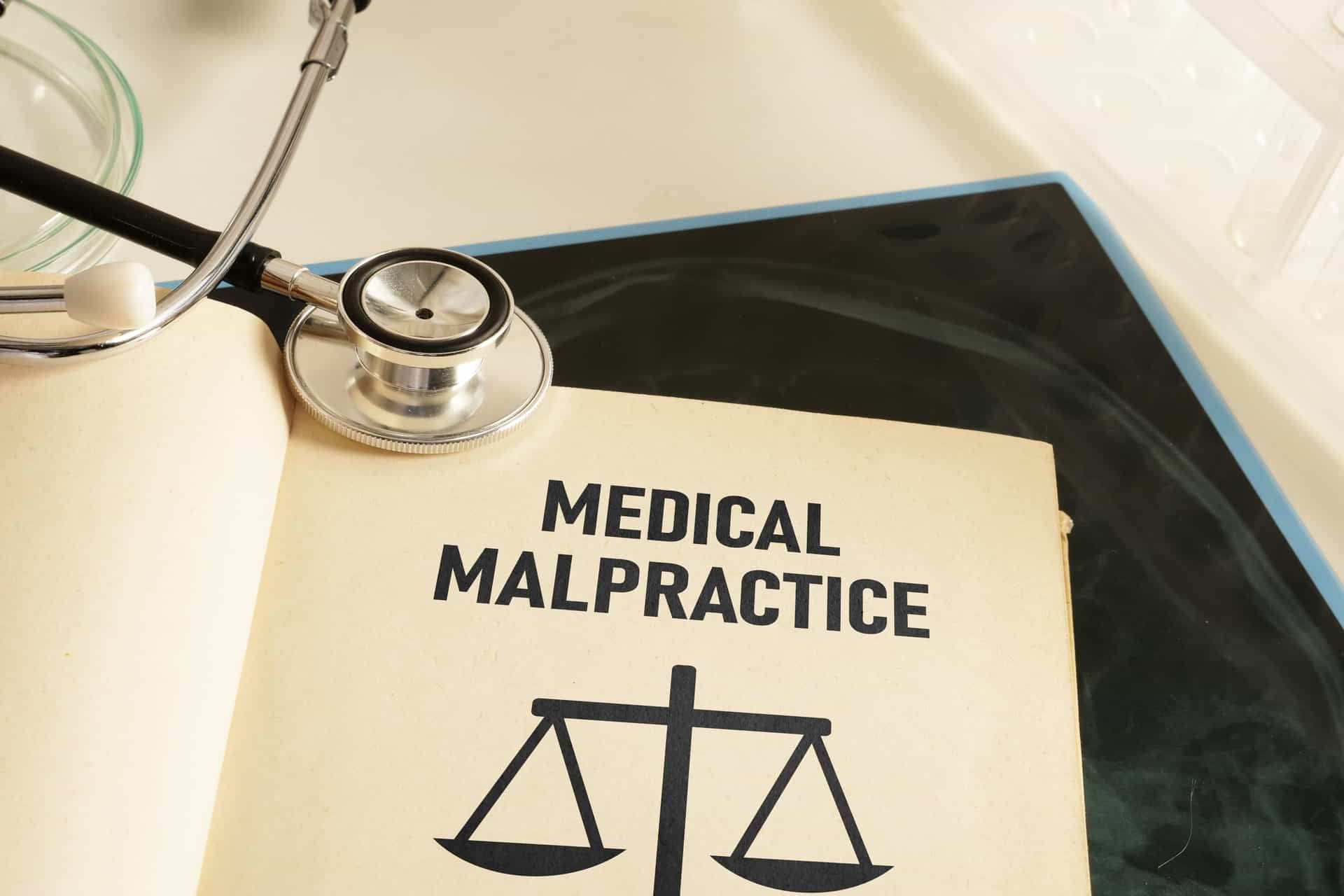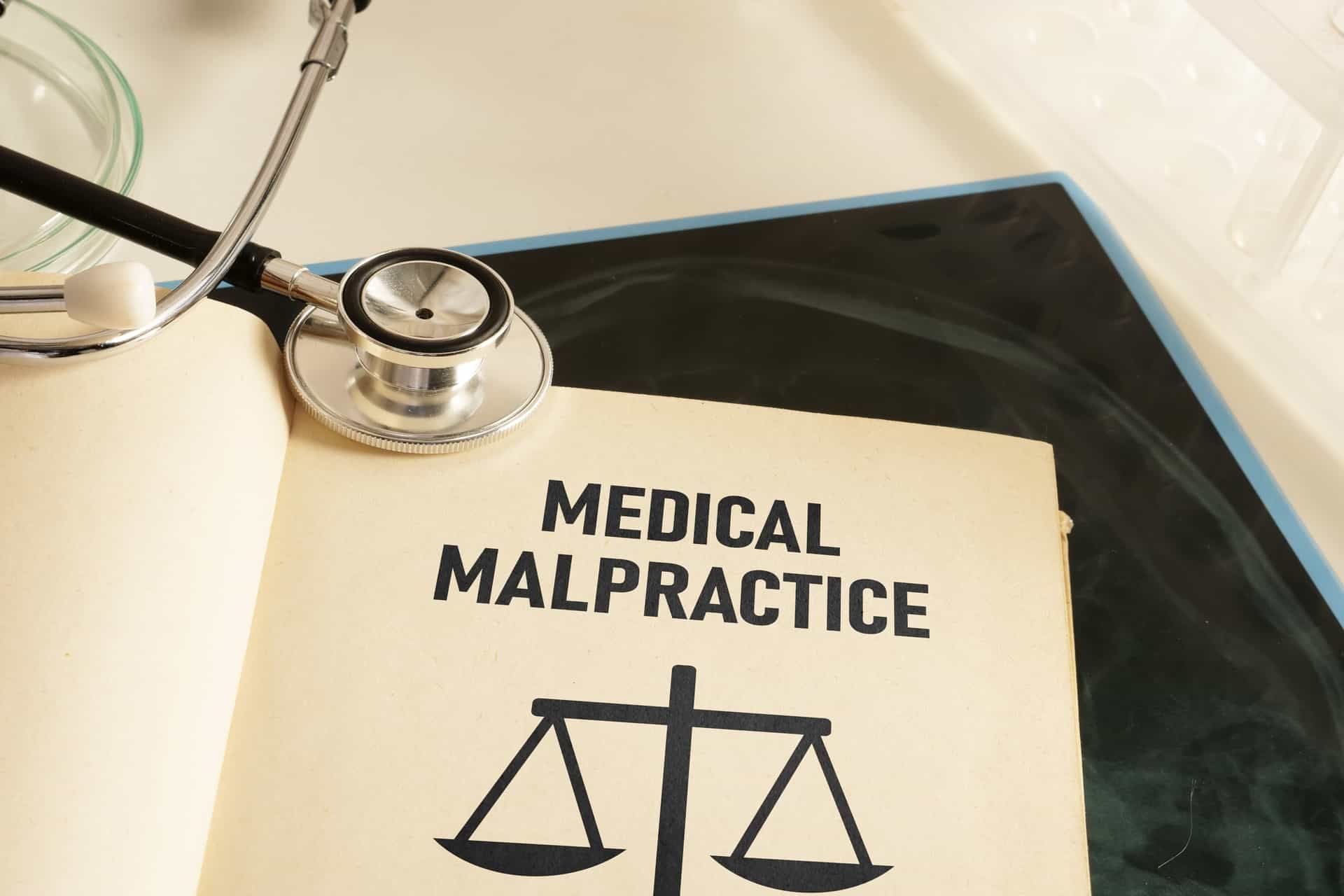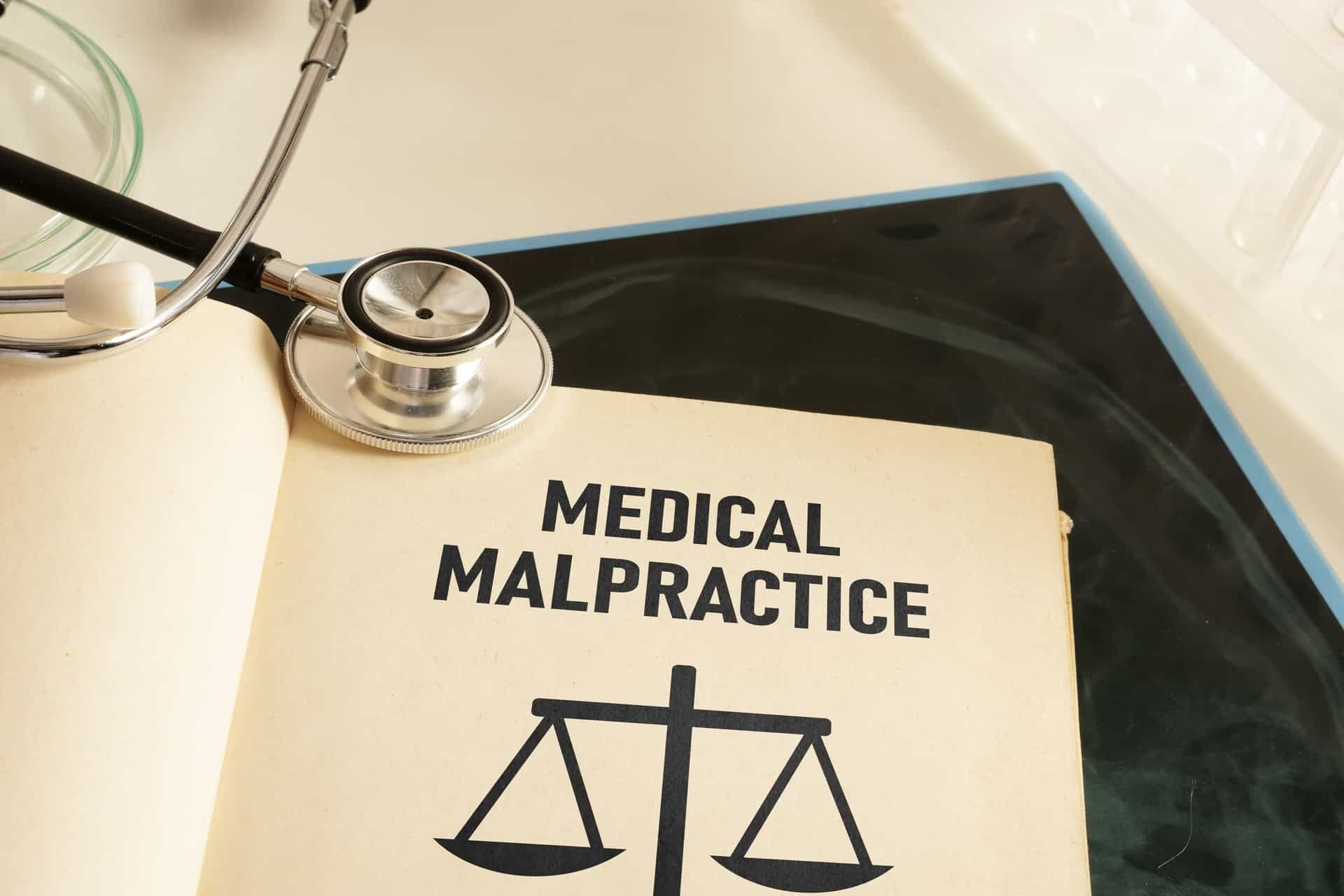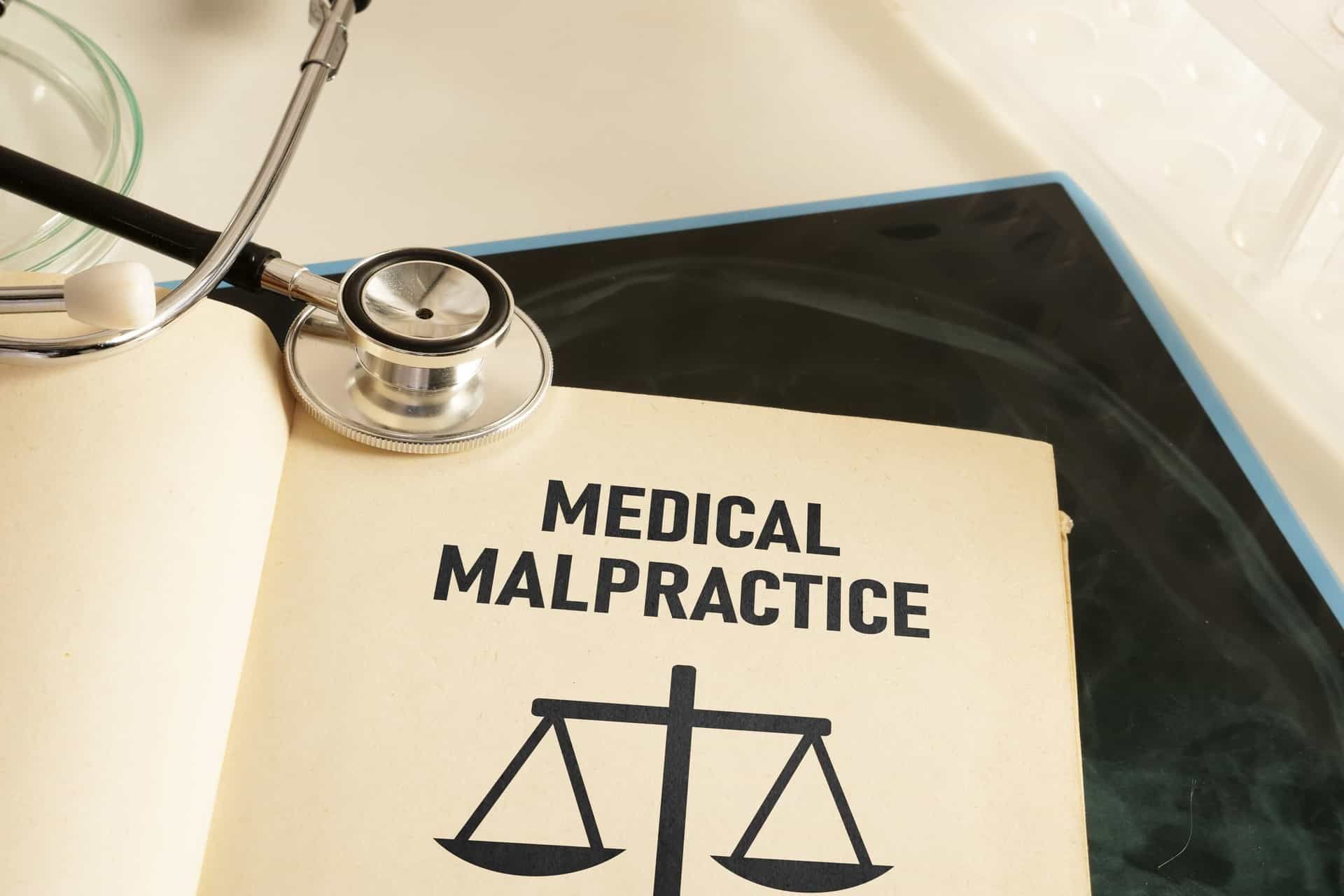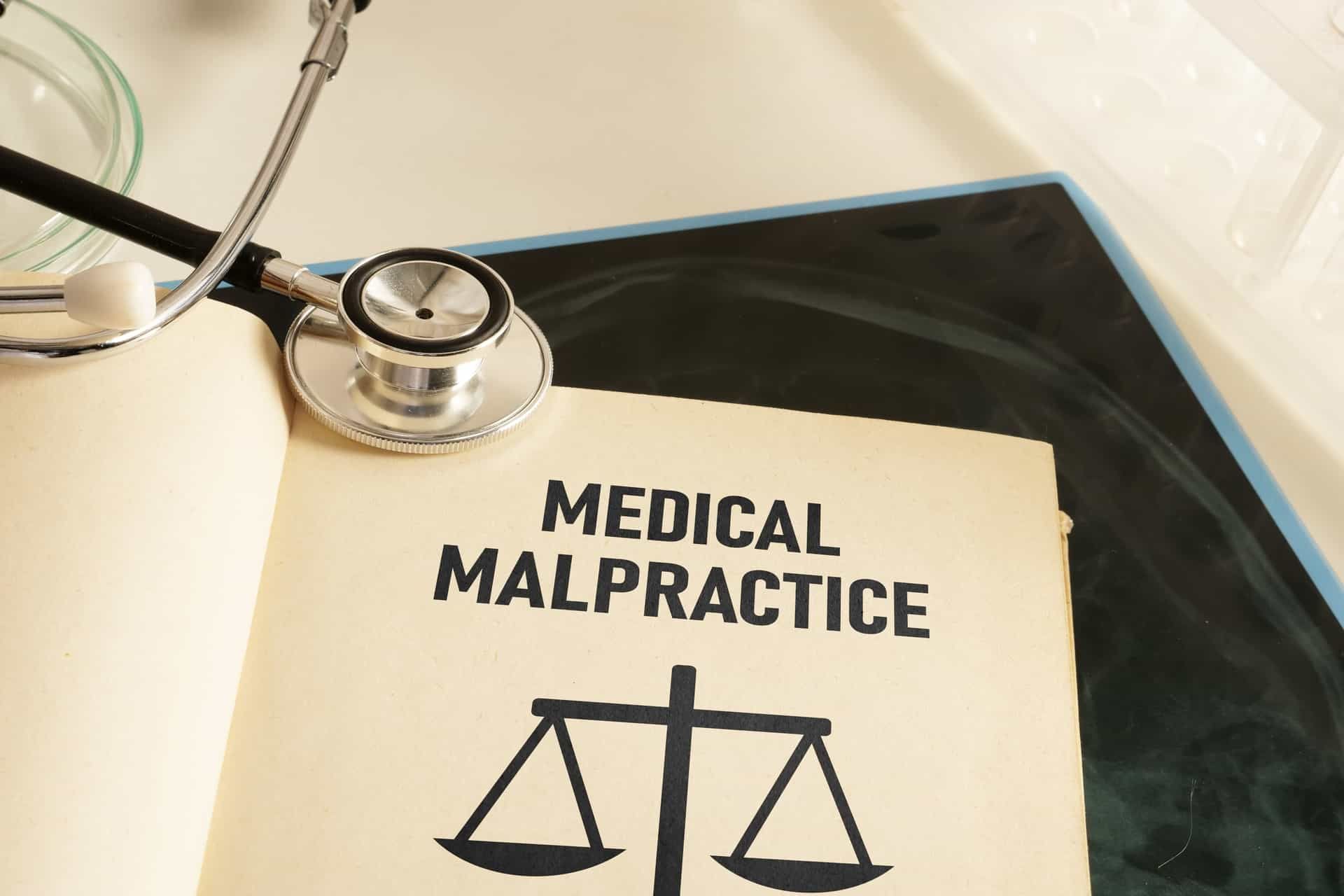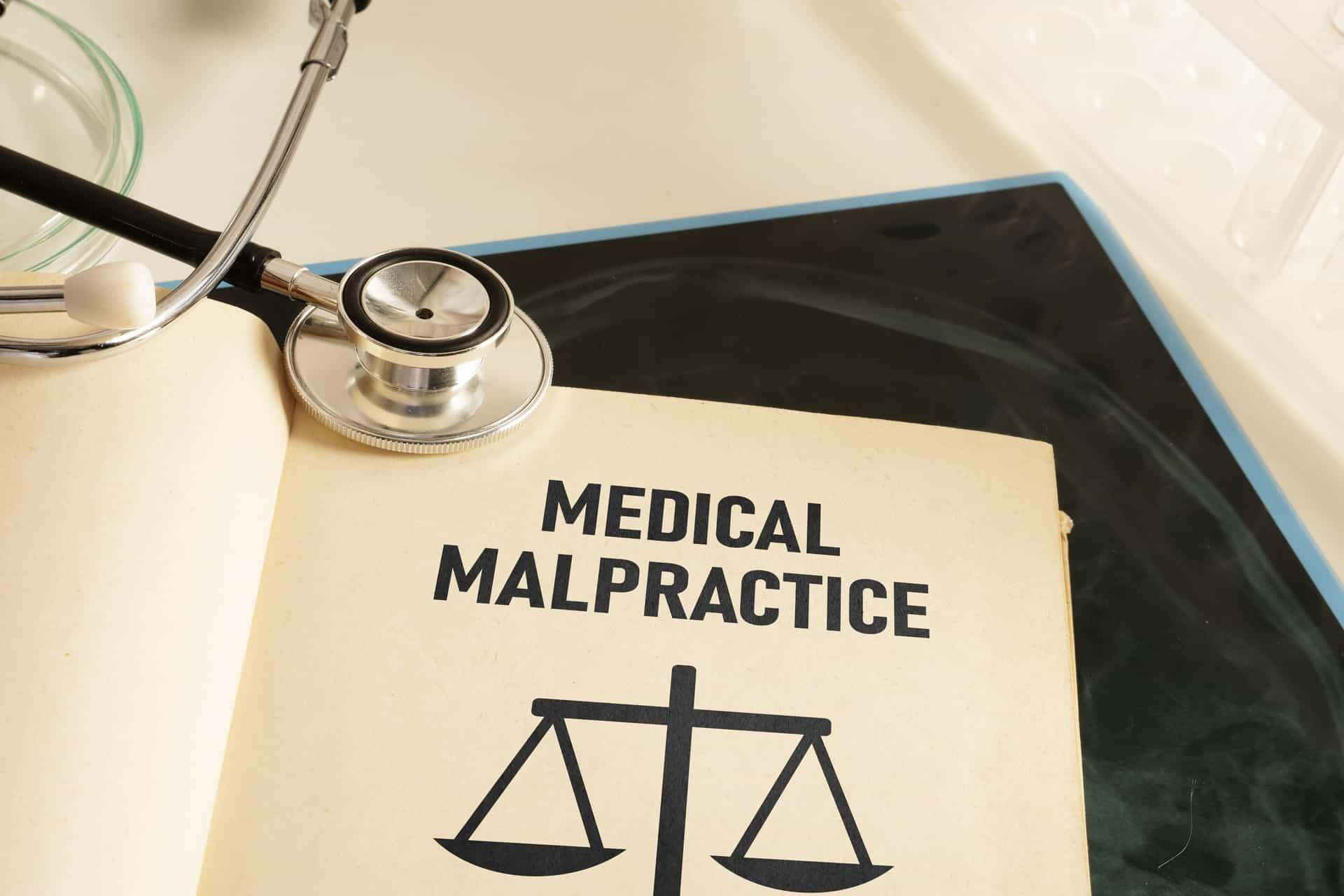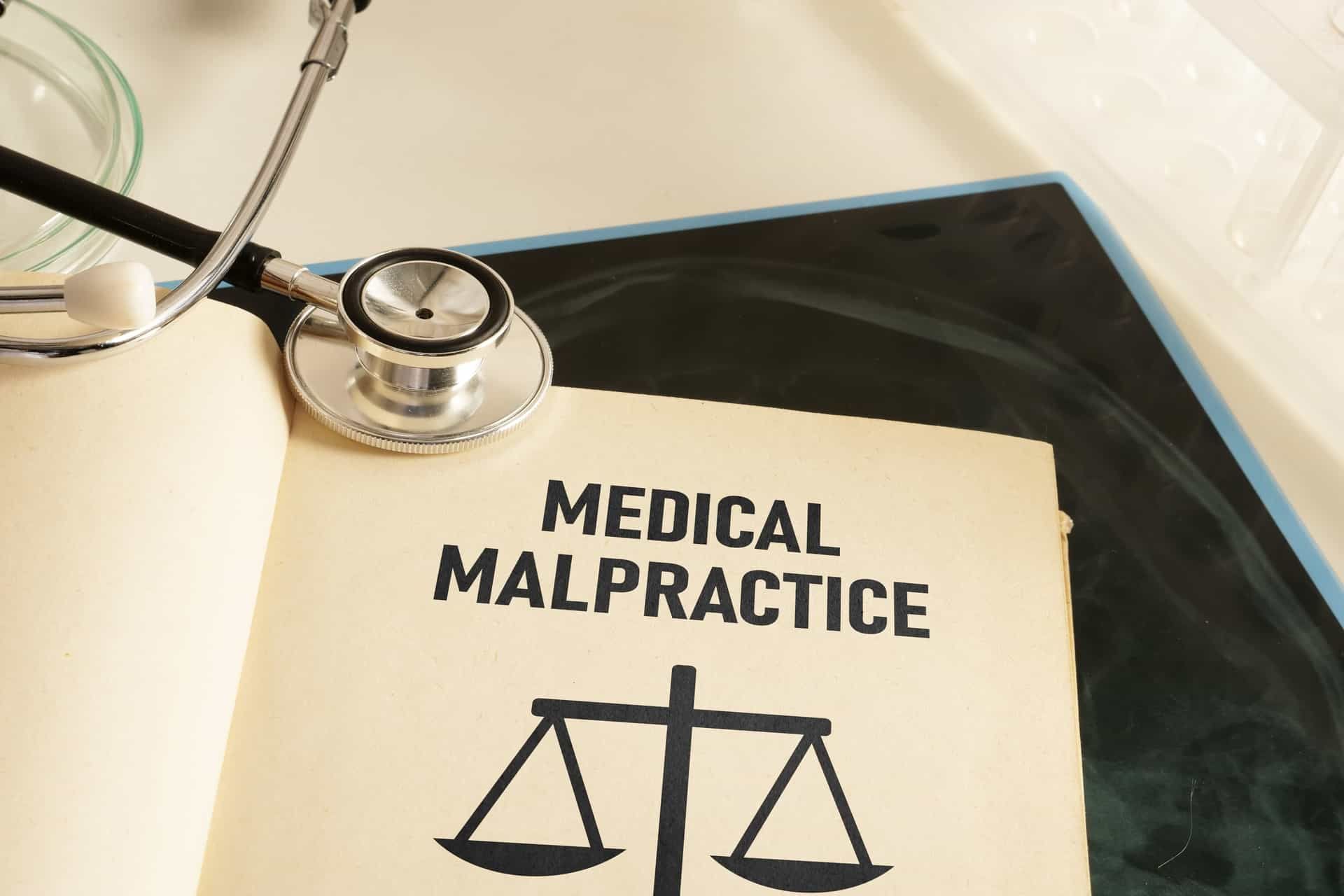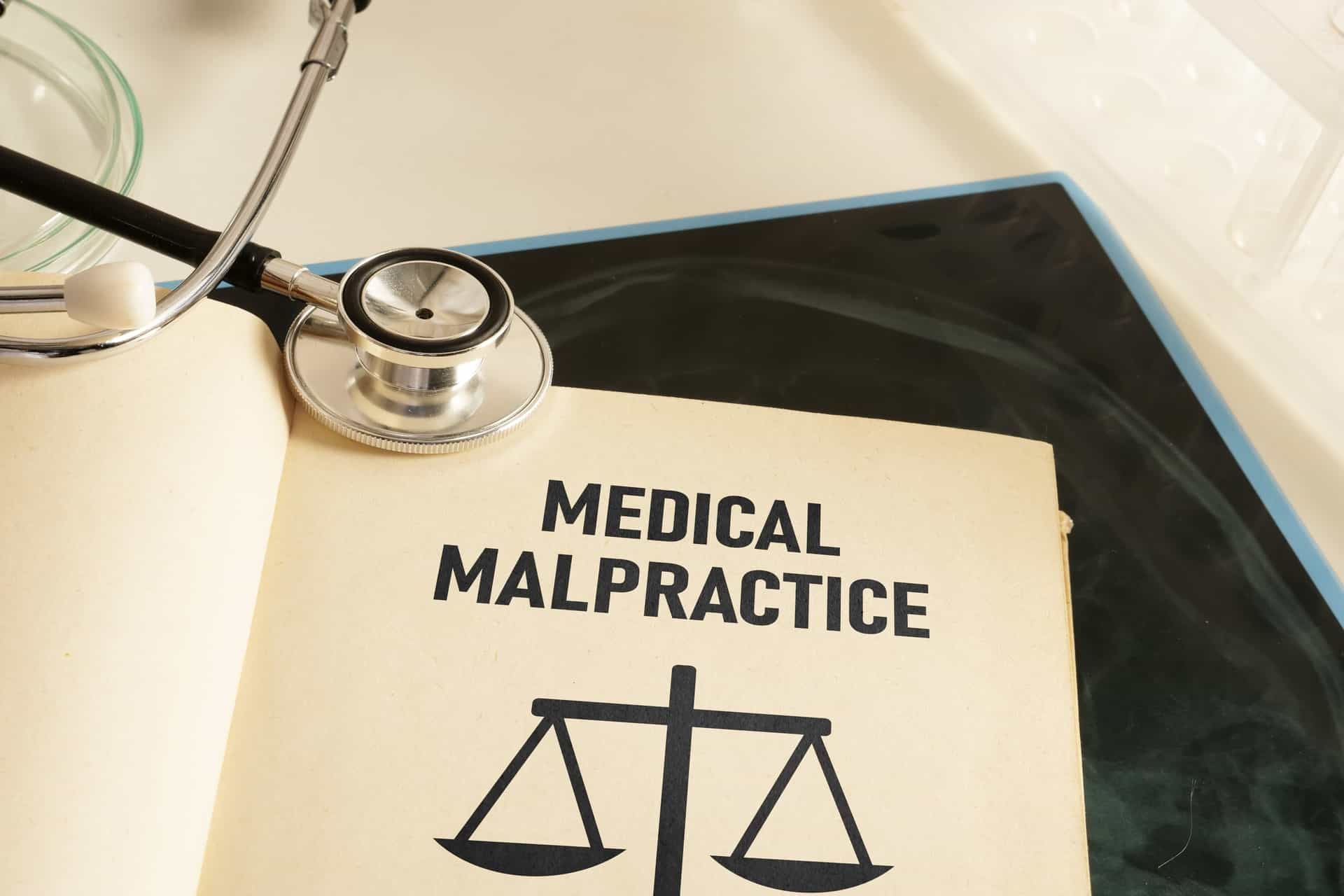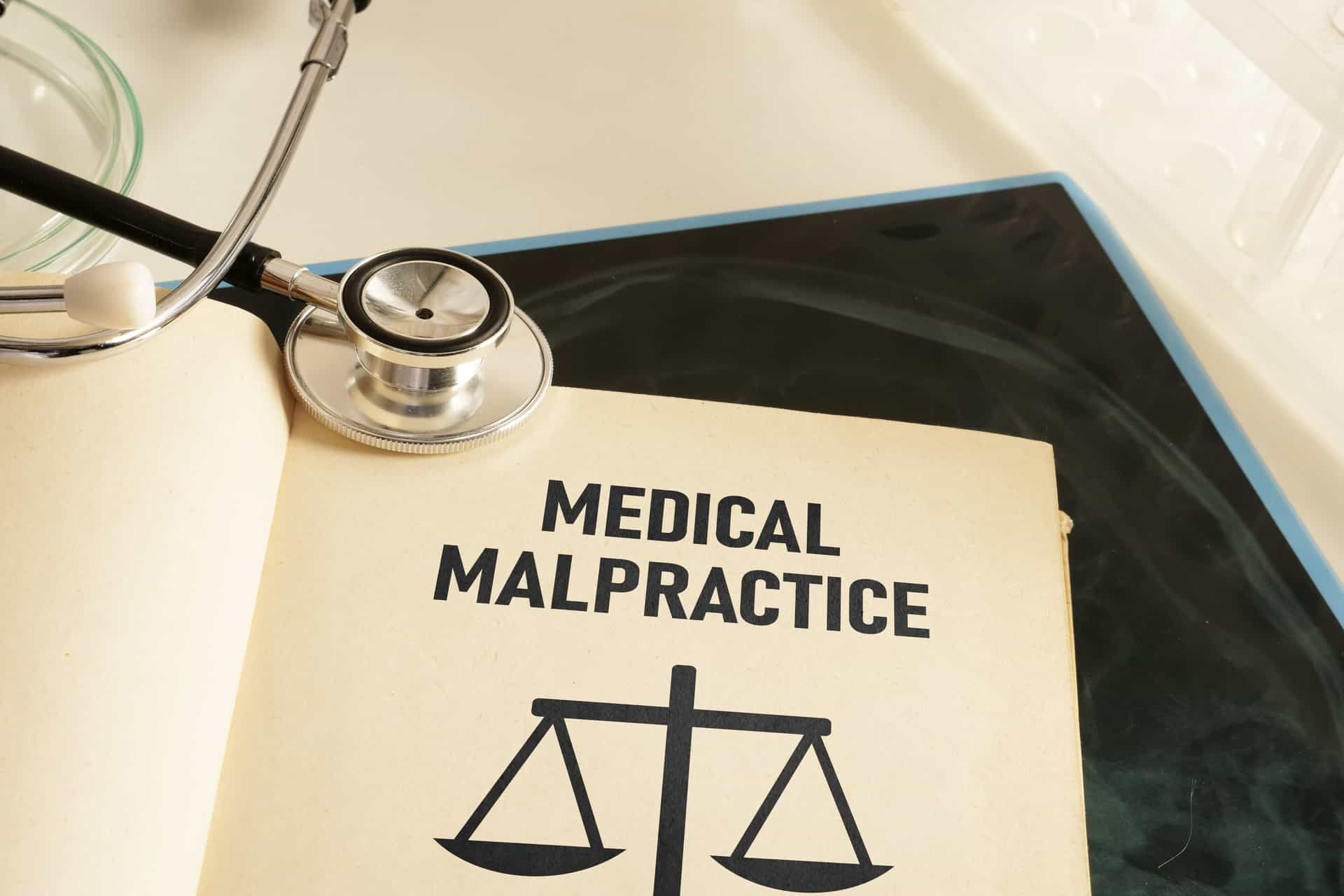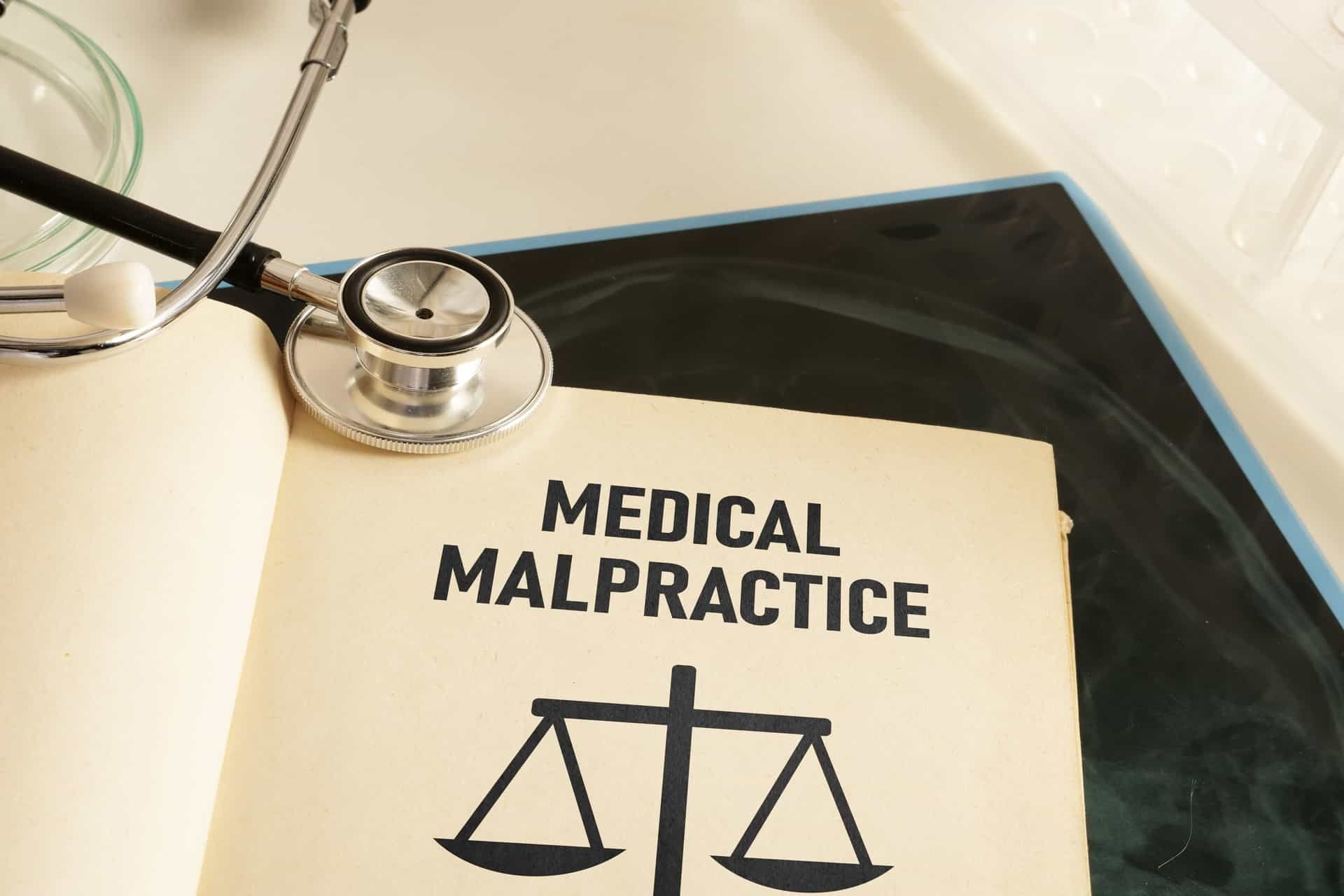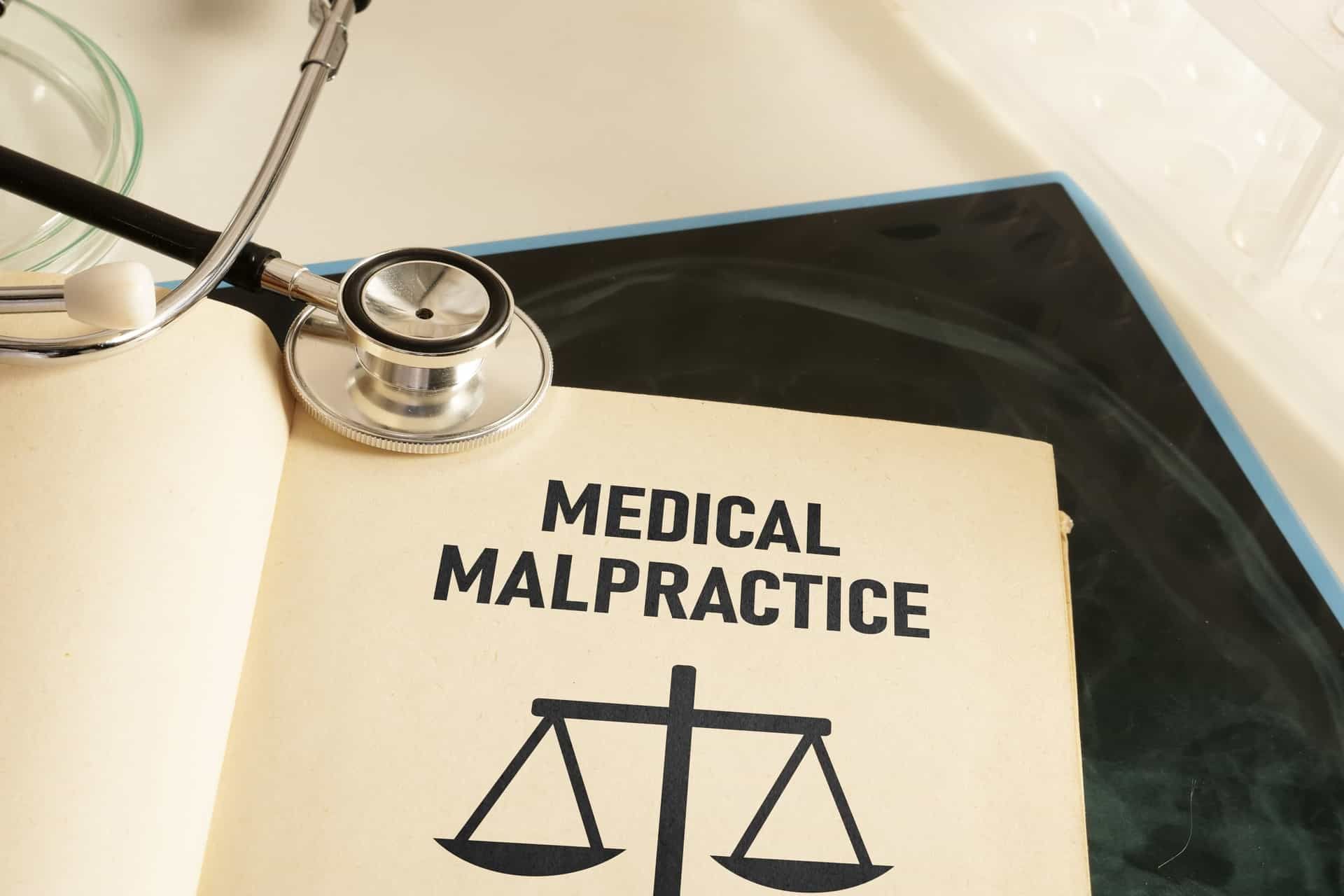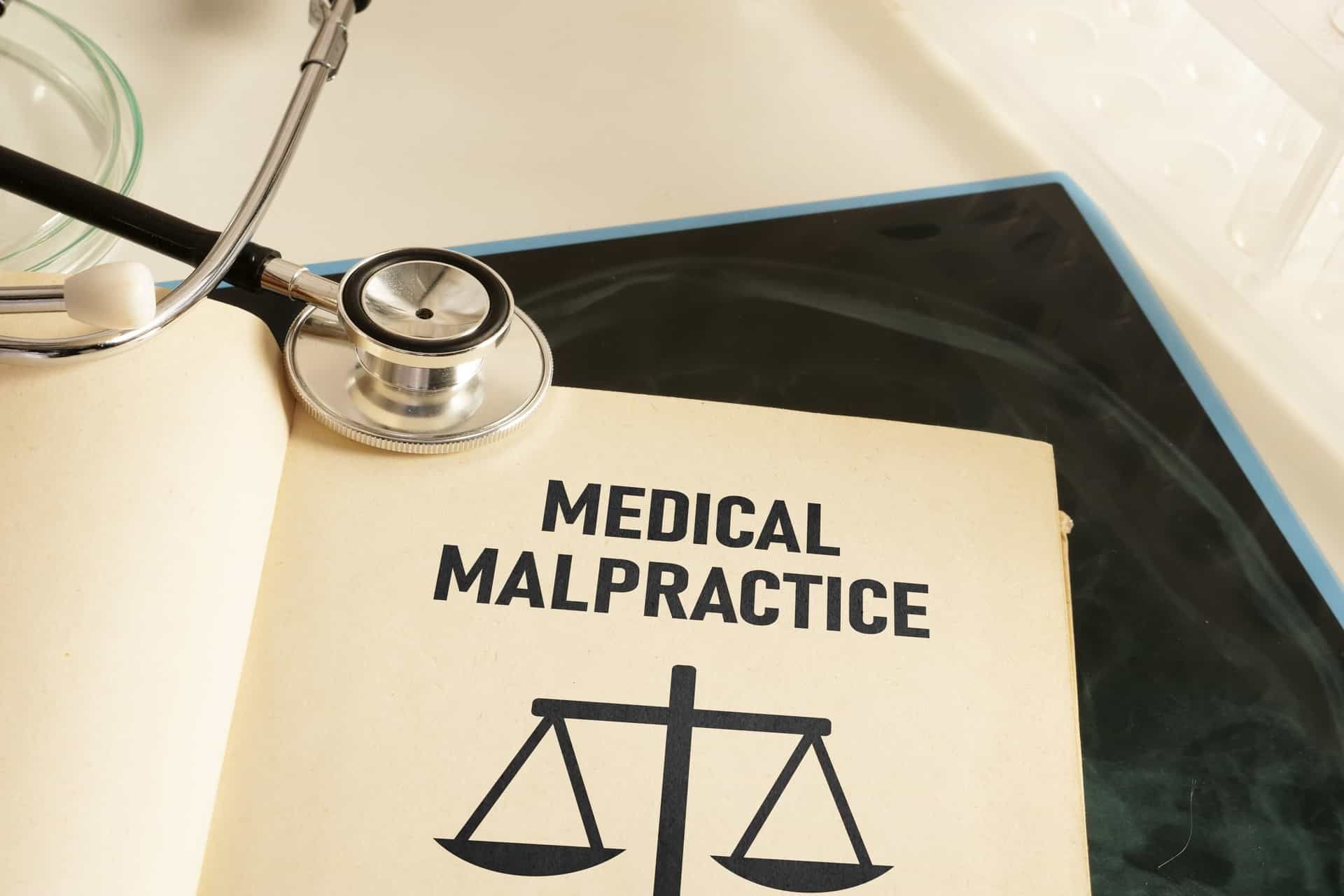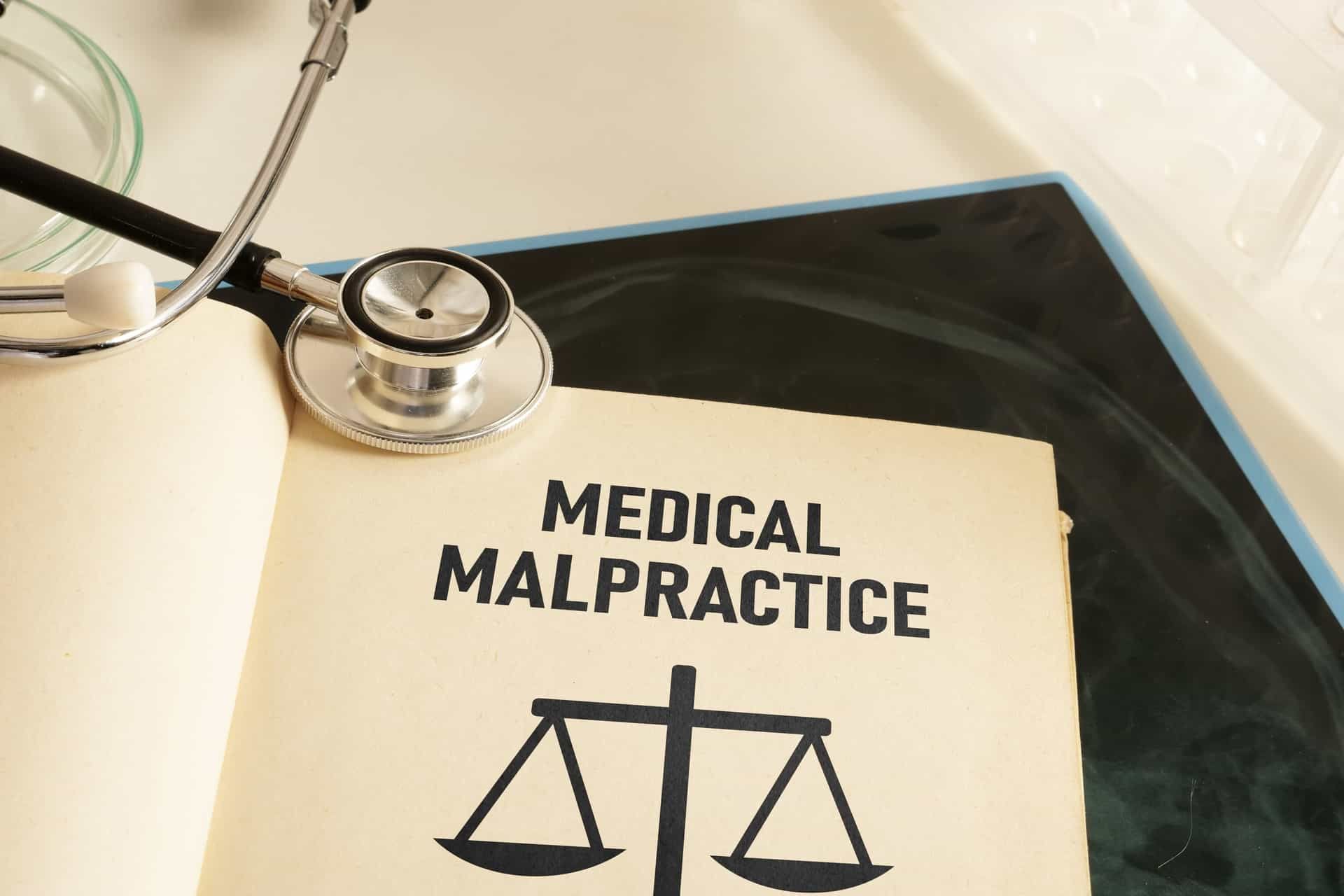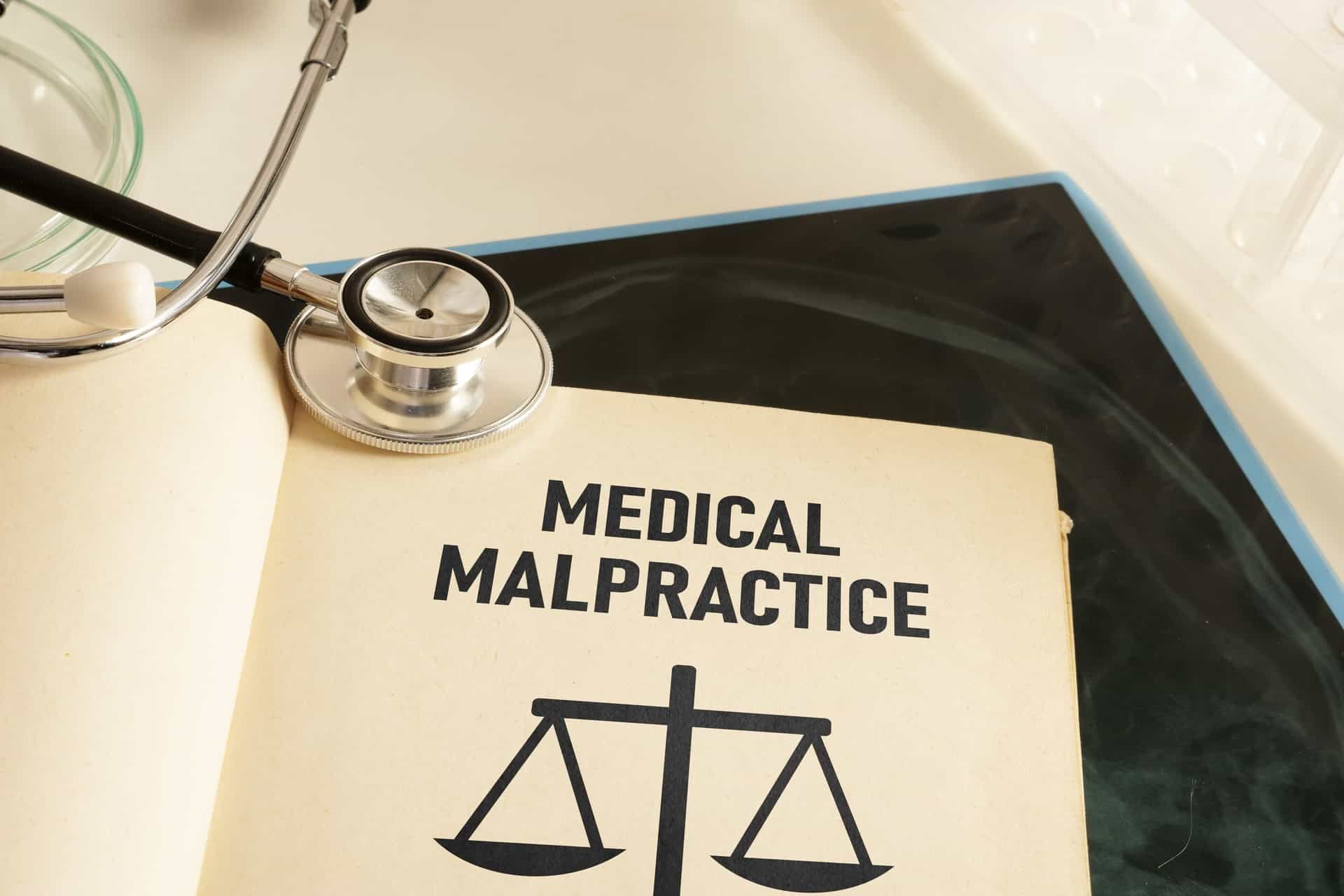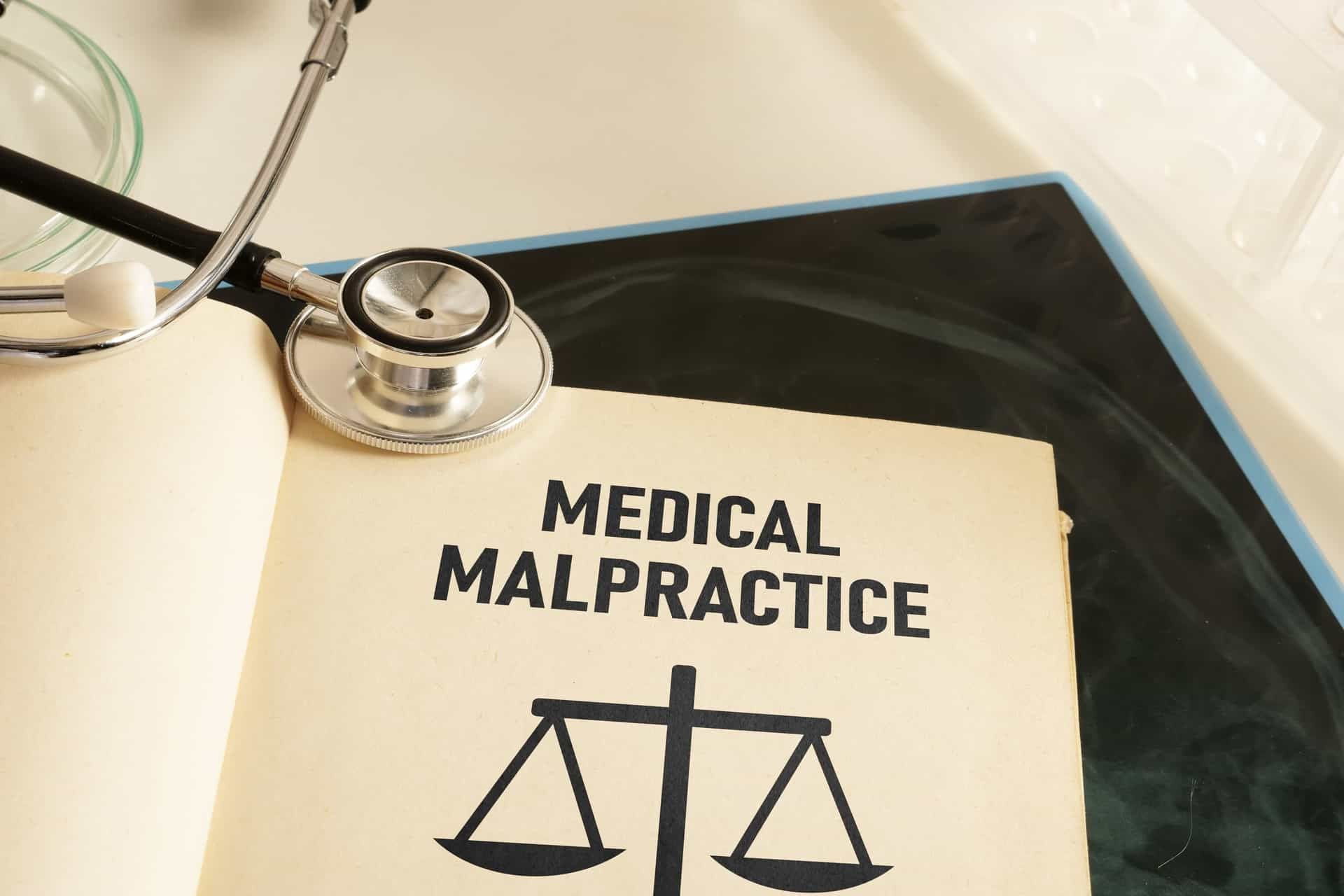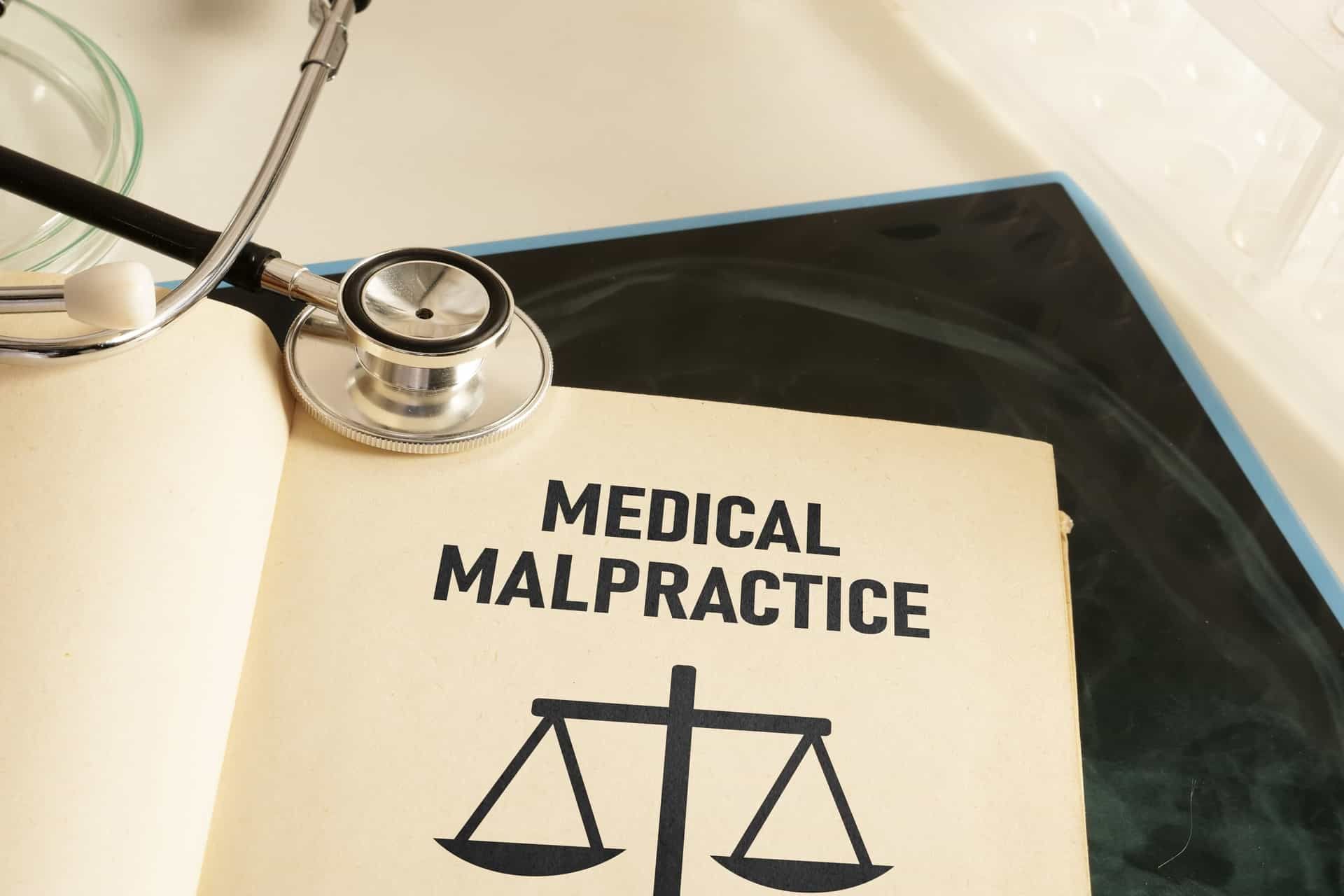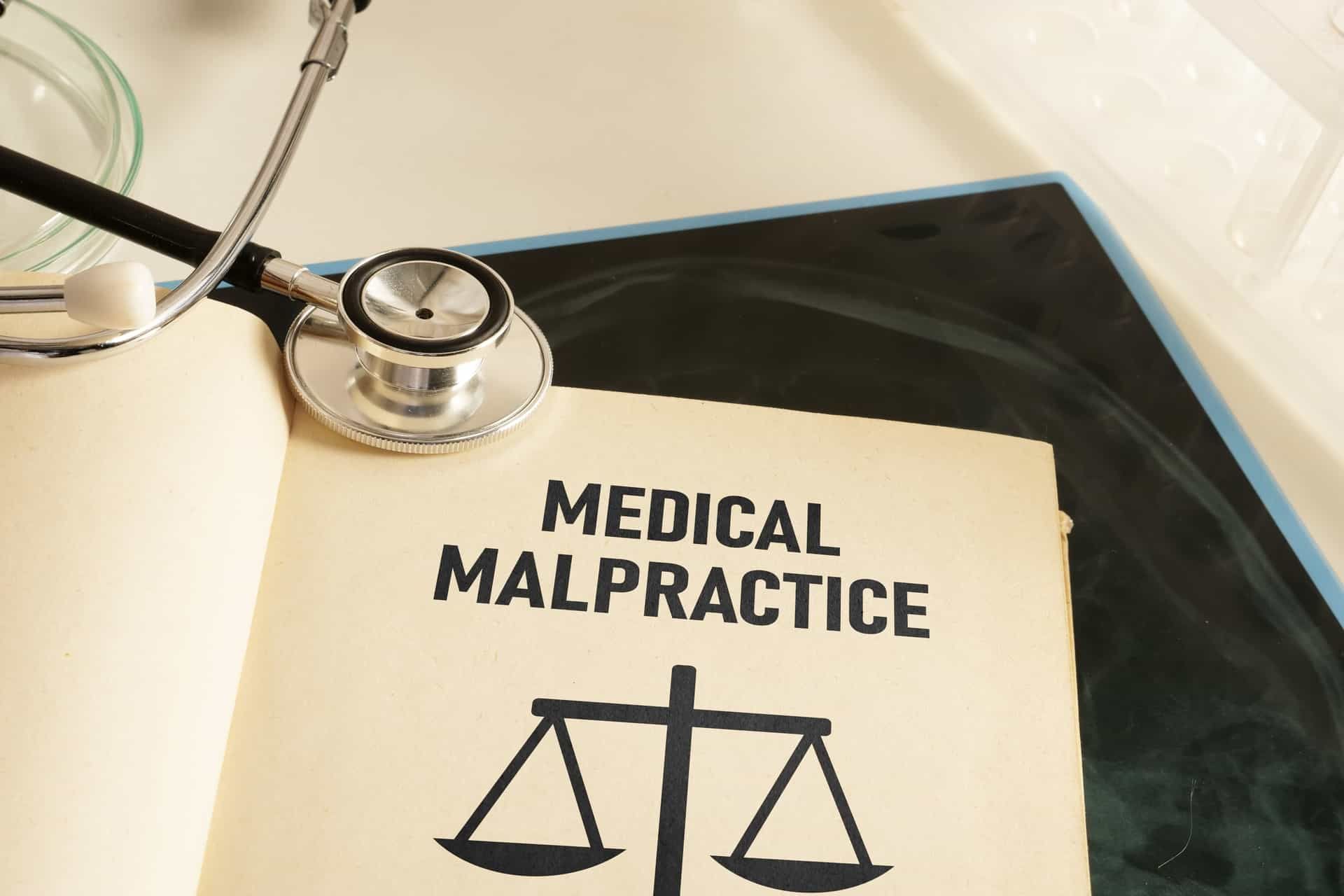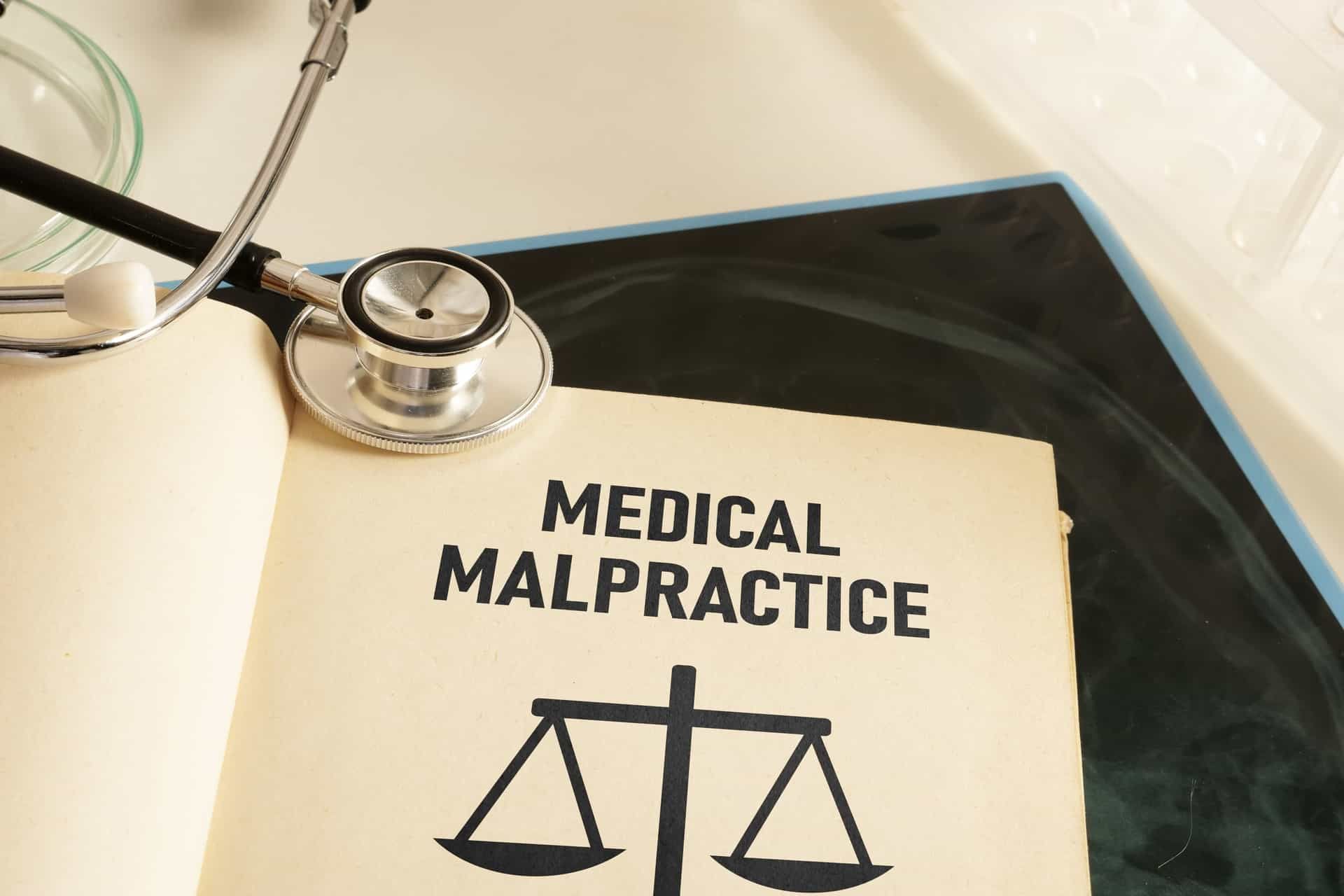Care Home Medical Malpractice Insurance: Essential Protection for Healthcare Providers
Introduction
Care homes face unique medical malpractice risks that standard insurance policies often fail to address adequately. With residents requiring complex medical care, medication management, and specialized treatments, care home operators must protect themselves against potential medical negligence claims that could devastate their business financially and reputationally.
Medical malpractice insurance for care homes provides crucial protection against claims arising from alleged medical errors, treatment failures, and clinical negligence. This specialized coverage goes beyond basic professional indemnity insurance to address the specific medical care responsibilities that care homes shoulder when providing healthcare services to vulnerable residents.
Understanding Care Home Medical Malpractice Risks
Clinical Care Responsibilities
Care homes today provide increasingly sophisticated medical care, creating exposure to malpractice claims. Common risk areas include:
- Medication administration errors and adverse drug interactions
- Falls prevention failures and injury-related negligence
- Wound care management and infection control breaches
- Nutritional care deficiencies and dietary-related health issues
- Mental health care inadequacies and behavioral management failures
- Emergency response delays and inadequate medical intervention
- Care plan failures and inadequate assessment procedures
Regulatory Compliance Challenges
The Care Quality Commission (CQC) sets stringent standards for medical care in residential settings. Failure to meet these standards can result in:
- Regulatory sanctions and enforcement actions
- Increased scrutiny and inspection frequency
- Reputation damage affecting occupancy rates
- Potential prosecution for serious care failures
- Civil liability claims from residents and families
Resident Vulnerability Factors
Care home residents often present complex medical needs that increase malpractice exposure:
- Multiple chronic conditions requiring coordinated care
- Cognitive impairment affecting treatment compliance
- Polypharmacy risks and medication interactions
- Age-related frailty increasing injury susceptibility
- Communication difficulties impacting care delivery
- Family expectations for hospital-level medical care
Comprehensive Medical Malpractice Coverage
Core Protection Elements
Professional medical malpractice insurance for care homes should include:
Clinical Negligence Coverage: Protection against claims alleging substandard medical care, treatment errors, or failure to provide appropriate clinical interventions.
Medication Error Protection: Coverage for claims arising from prescription errors, administration mistakes, drug interactions, or pharmaceutical negligence.
Diagnostic Failure Coverage: Protection against allegations of missed diagnoses, delayed recognition of medical conditions, or inadequate medical assessment.
Treatment Inadequacy Claims: Coverage for allegations that medical treatments provided were insufficient, inappropriate, or below accepted standards.
Emergency Response Liability: Protection against claims that emergency medical situations were handled inadequately or with unreasonable delays.
Extended Coverage Areas
Infection Control Failures: Coverage for claims related to healthcare-associated infections, outbreak management failures, or inadequate infection prevention measures.
Mental Health Care Liability: Protection against claims involving psychiatric care, behavioral management, or mental health treatment inadequacies.
Nutritional Care Negligence: Coverage for claims related to dietary management, nutritional deficiencies, or feeding-related medical complications.
Rehabilitation Service Liability: Protection for physiotherapy, occupational therapy, or other rehabilitation services provided within the care home.
Telemedicine Coverage: Protection for remote medical consultations and digital health services increasingly used in care home settings.
Industry-Specific Considerations
Dementia Care Specialization
Care homes specializing in dementia care face unique malpractice exposures:
- Wandering-related injuries and inadequate supervision claims
- Medication compliance challenges and behavioral interventions
- Family communication difficulties regarding treatment decisions
- Capacity assessment errors and consent-related issues
- Specialized therapeutic intervention failures
Nursing Home Medical Services
Facilities providing nursing care encounter additional malpractice risks:
- Clinical procedures performed by nursing staff
- Medical equipment operation and maintenance failures
- Wound care and pressure ulcer prevention inadequacies
- Catheter care and medical device-related complications
- End-of-life care decisions and palliative care provision
Respite and Short-Term Care
Temporary care arrangements create specific liability exposures:
- Inadequate medical history assessment and handover failures
- Medication regime disruptions and continuity of care issues
- Family expectation management and communication breakdowns
- Emergency contact and medical decision-making complications
Claims Management and Legal Defense
Immediate Response Protocols
When medical malpractice allegations arise, immediate action is essential:
- Incident documentation and evidence preservation
- Staff interview coordination and witness statement collection
- Medical record review and clinical timeline reconstruction
- Family communication management and expectation setting
- Regulatory notification and compliance coordination
Expert Medical Defense
Successful malpractice defense requires specialized medical expertise:
- Independent medical examinations and clinical reviews
- Expert witness coordination and testimony preparation
- Medical standard of care analysis and benchmarking
- Clinical guideline compliance assessment and documentation
- Peer review processes and professional opinion gathering
Settlement Considerations
Medical malpractice claims often involve complex settlement negotiations:
- Damages assessment including medical expenses and ongoing care costs
- Pain and suffering calculations and quality of life impacts
- Family financial losses and dependency considerations
- Reputation protection and confidentiality agreements
- Structured settlement arrangements for ongoing care needs
Cost Factors and Premium Considerations
Risk Assessment Variables
Insurance premiums for care home medical malpractice coverage depend on:
- Facility size and resident capacity
- Types of medical services provided
- Staff qualifications and training levels
- Historical claims experience and incident rates
- CQC ratings and regulatory compliance record
- Resident acuity levels and medical complexity
Coverage Limit Considerations
Adequate coverage limits should reflect potential claim values:
- Individual claim limits typically ranging from £1-10 million
- Aggregate annual limits providing multiple claim protection
- Legal defense cost coverage separate from indemnity limits
- Regulatory fine and penalty coverage inclusion
- Crisis management and reputation protection allowances
Premium Reduction Strategies
Care homes can reduce malpractice insurance costs through:
- Comprehensive staff training and competency programs
- Robust clinical governance and quality assurance systems
- Incident reporting and learning culture development
- Regular policy and procedure updates and staff compliance
- Professional development and continuing education investments
Regulatory Compliance and Standards
CQC Requirements
Care homes must demonstrate compliance with CQC fundamental standards:
- Safe care provision and risk management systems
- Effective treatment planning and clinical oversight
- Caring approach to resident dignity and respect
- Responsive services meeting individual needs
- Well-led governance and clinical leadership
Professional Standards Integration
Medical malpractice insurance should align with professional body requirements:
- Nursing and Midwifery Council (NMC) professional standards
- General Medical Council (GMC) good medical practice guidelines
- Royal College of Nursing care home practice standards
- National Institute for Health and Care Excellence (NICE) guidance
- Local Clinical Commissioning Group quality requirements
Documentation and Record-Keeping
Proper documentation is crucial for malpractice defense:
- Comprehensive care planning and regular review processes
- Detailed incident reporting and investigation procedures
- Medical intervention documentation and outcome tracking
- Family communication records and decision-making processes
- Staff training records and competency assessments
Choosing the Right Medical Malpractice Insurance
Specialist Insurer Selection
Care homes should work with insurers experienced in healthcare liability:
- Healthcare sector specialization and claims expertise
- Understanding of care home operational challenges
- Regulatory knowledge and compliance support
- Claims handling reputation and settlement track record
- Risk management services and loss prevention support
Policy Comparison Factors
Key elements to compare across insurance providers:
- Coverage scope and exclusion clarity
- Claims handling procedures and response times
- Legal representation quality and healthcare expertise
- Risk management support and training provision
- Premium competitiveness and payment flexibility
Broker Expertise Requirements
Insurance brokers should demonstrate:
- Care home sector knowledge and experience
- Medical malpractice insurance specialization
- Regulatory compliance understanding
- Claims advocacy and support capabilities
- Market access and insurer relationship strength
Risk Management and Prevention
Clinical Governance Systems
Effective risk management reduces malpractice exposure:
- Clinical audit and quality improvement programs
- Incident analysis and learning implementation
- Staff supervision and performance management
- Policy development and procedure standardization
- External clinical oversight and peer review
Staff Training and Development
Comprehensive training programs should address:
- Clinical skills development and competency maintenance
- Medication management and administration safety
- Infection prevention and control procedures
- Emergency response and clinical decision-making
- Communication skills and family interaction
Technology and Innovation
Modern care homes can reduce risks through:
- Electronic medication administration systems
- Clinical monitoring and alert technologies
- Telemedicine and remote consultation capabilities
- Electronic health records and care planning systems
- Staff communication and handover technologies
Conclusion
Medical malpractice insurance represents an essential protection for care homes providing medical and nursing care to vulnerable residents. The complex medical needs of care home residents, combined with increasing regulatory expectations and family demands for high-quality healthcare, create significant liability exposures that standard insurance policies cannot adequately address.
Comprehensive medical malpractice coverage provides financial protection against clinical negligence claims while supporting care homes in maintaining high standards of medical care. By working with specialist insurers who understand the unique challenges of care home operations, facilities can secure appropriate protection while accessing valuable risk management support and claims expertise.
The investment in proper medical malpractice insurance not only protects against potentially devastating financial losses but also demonstrates a commitment to resident safety and quality care that enhances reputation and supports sustainable business operations in an increasingly regulated healthcare environment.


 0330 127 2333
0330 127 2333
